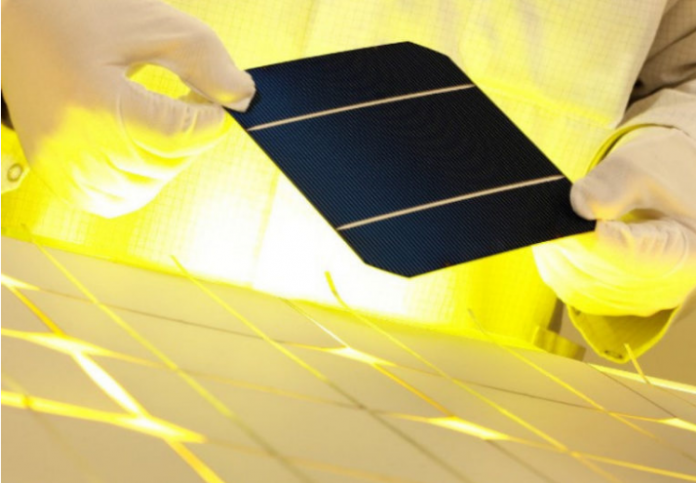Researchers at MIT and Google Brain have developed a computational simulator that can help predict whether changes to materials or design will improve performance in new photovoltaic (PV) cells. The simulator can provide information about which changes will provide the desired improvements. This could significantly increase the rate of discovering new, improved PV cell configurations.
According to Giuseppe Romano, a research scientist at MIT’s Institute for Soldier Nanotechnologies, the new simulator, called a differentiable solar cell simulator, predicts the efficiency and shows how much output is affected by any input parameter. He said the stimulator can also identify the PV cells’ efficiency if their properties are changed.
Since advanced solar cells often are composed of multiple layers interlaced with conductive materials to carry electric charge from one to the other, this computational tool reveals how changing the relative thicknesses of these different layers will affect the device’s output.
Other variables that can be evaluated include the amount of doping, which is the introduction of atoms of another element that each layer receives, or the dielectric constant of insulating layers, or the bandgap, a measure of the energy levels of photons of light that can be captured by varied materials used in the layers.
Romano explains that traditional solar cell simulators have limited ability and only produce information on the percentage of incoming sunlight that is actually converted to electric current.
However, the simulator is currently based on a one-dimensional version of the solar cell. According to the researchers, the next step will be to expand its capabilities to include two and three-dimensional configurations. Currently, tandem cells using different materials cannot yet be simulated directly by this tool. Still, the researchers claim ways to approximate a tandem solar cell by simulating each cell.
This simulator is now available as an open-source tool that can be used immediately to help guide research in this field. To make use of it, researchers would couple this device’s computations with an optimization algorithm, or even a machine learning system, to rapidly assess a wide variety of changes and hone in quickly on the most promising alternatives.
Researchers from MIT have developed a novel electrode material that they believe can be integrated into a semi-solid battery to store renewable energy cost-effectively.
Oil and gas major Total and Google Cloud have jointly developed Solar Mapper, a tool to predict rooftop solar energy potential. The tool aims to enhance the solar photovoltaic deployments for individual homeowners.
MIT and Google Develop Simulator to Accelerate Solar Cell Development
The simulator can help predict whether changes to materials or design will improve the performance of PV cells
Source:MERCOM
ViaArjun Joshi






